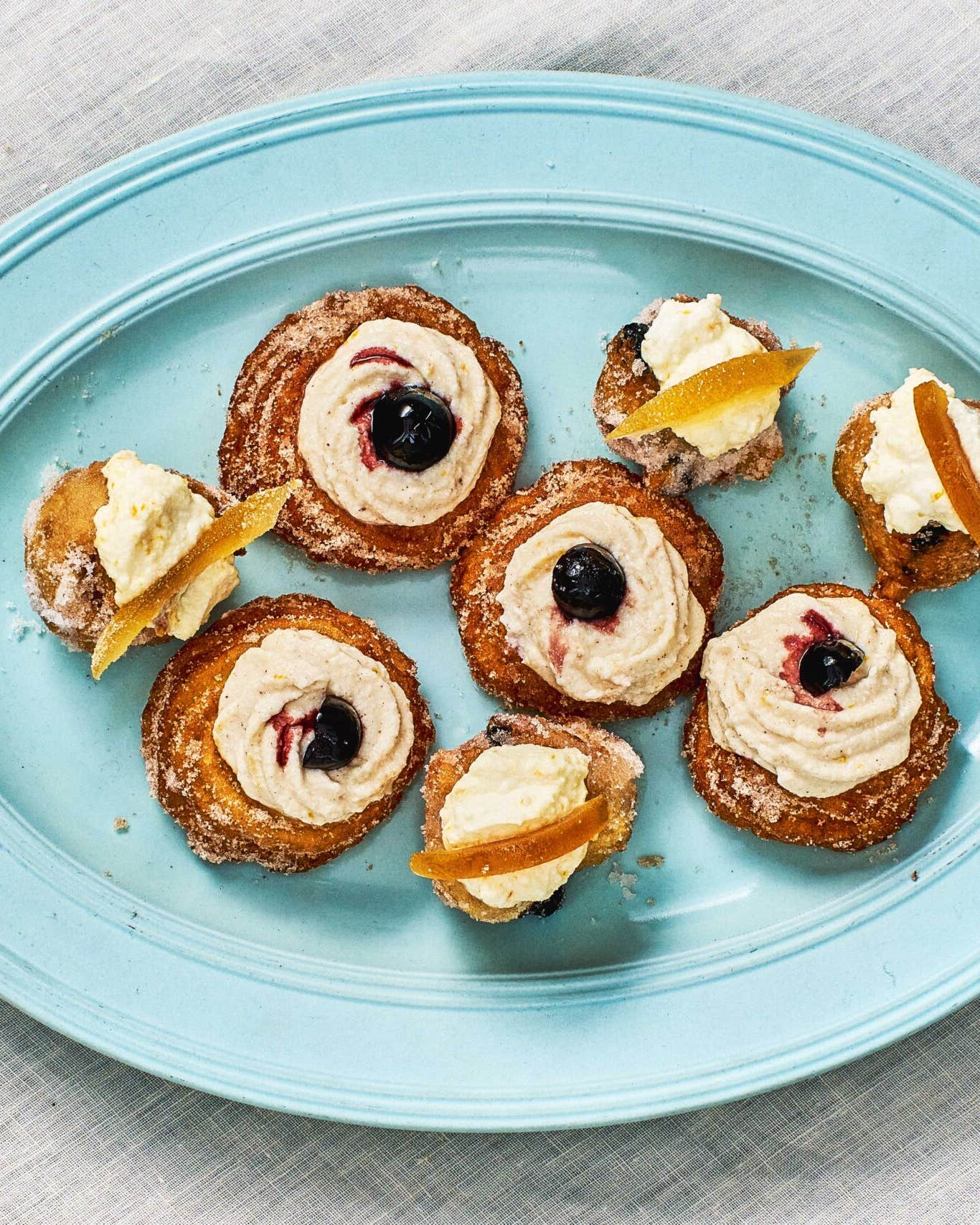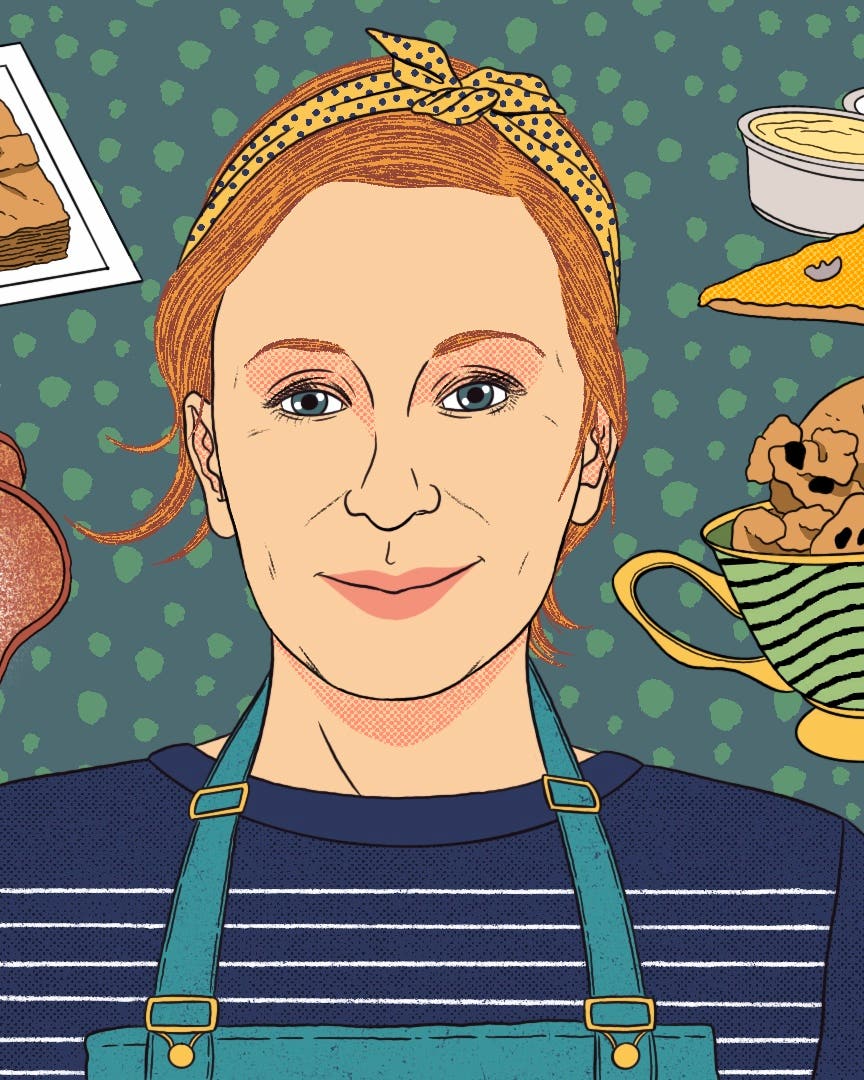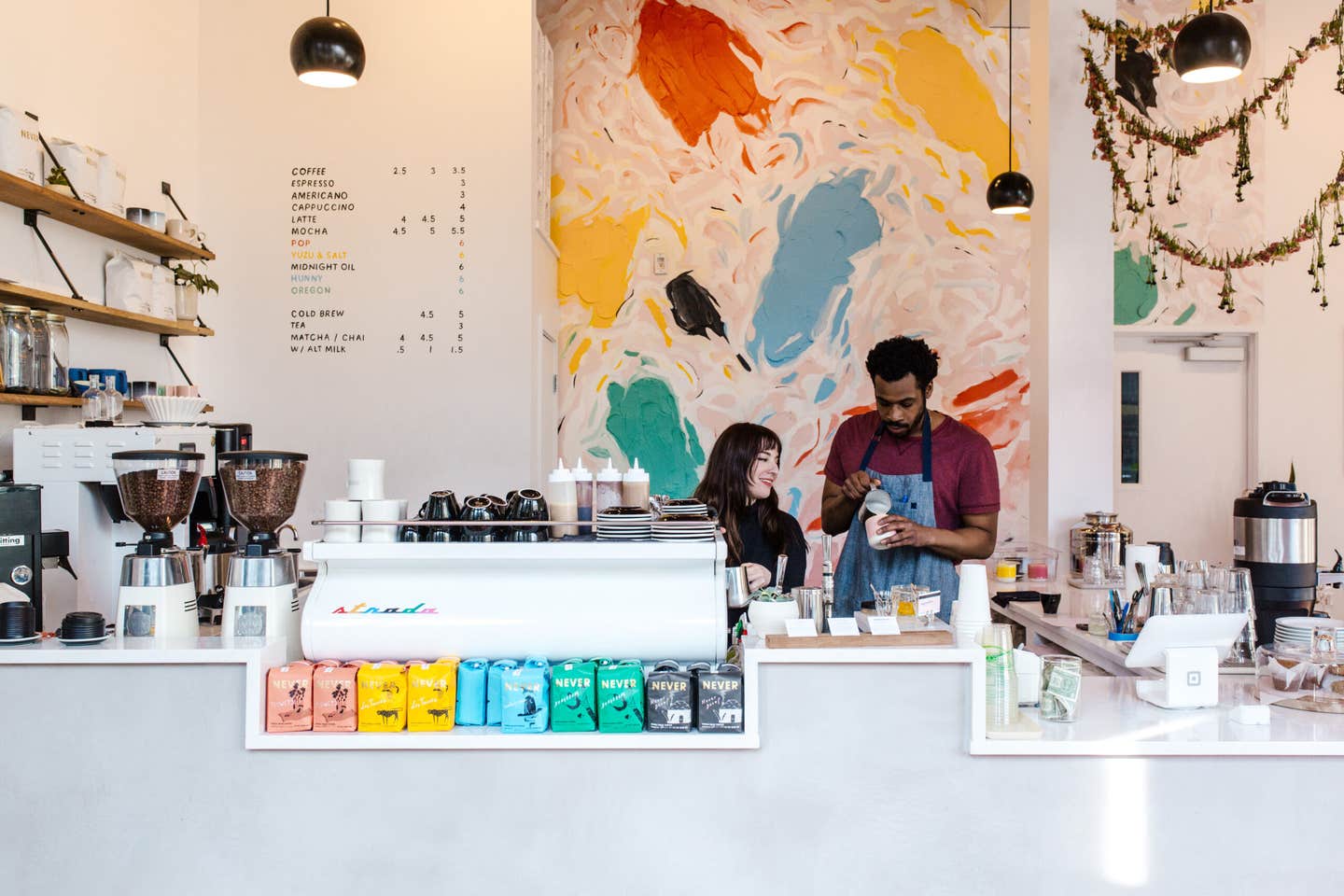
West Meets East
When Kwan Lui and her husband, Leon, were planning their dream house in Singapore's Bukit Timah neighborhood ten years ago, Lui, the founder and director of At-Sunrice, a cooking school, knew she wanted a kitchen design that could accommodate the breadth of her culinary interests. Influenced by her years of traveling in Europe and the United States but still loyal to the Asian cooking methods she grew up with, Lui arrived at a simple solution: build two kitchens, one that caters to the cooking and entertaining styles of the West and the other inspired by the techniques of the East.
"I liked the Western custom of family members' congregating in the kitchen," Lui says. At the same time, she wanted a comfortable space that would serve as a self-contained workshop where she could focus on the cuisines of Myanmar (where she was born), Malaysia, and other Asian countries, which inspire many of her meals.
In the end, the two kitchens were built next to each other, separated by a corridor, with the Asian-style kitchen—where the more intense, and intensely aromatic, cooking usually takes place—far from the house's living areas. "I generally like to make everything from scratch instead of buying ready-made ingredients in jars," she says. "And prepping and cooking Asian foods, like toasting shrimp paste over charcoal or pounding the seasoning ingredients for kyet-thar hin [a Myanmar-style chicken curry], can be quite fragrant!"
The utilitarian, Asian-style kitchen, with its large gas stove, two portable ranges (designed to allow the bottom of woks to sit closer to the flame), a full-size refrigerator, and spacious tile countertops, is where Lui does most of her cooking. A walk-in pantry around the corner contains a treasure trove of foodstuffs carted back from her travels and cooking vessels designed for specific purposes, like a double boiler used specifically for making a flavorful Cantonese-style chicken consomme known as kai jing, "essence of chicken". A sliding glass door at the far end of the space floods the cooking area with natural light and leads into a lush garden, where Lui grows her own herbs, spices, and fruit.
A large service window at the opposite end of the room connects the Asian kitchen to the Western one. The latter space, contiguous with the dining room, has two sinks, two wall-mounted ovens, plenty of cabinets, and two refrigerators: one for ingredients and another exclusively for wine. "It is a very functional room," she says of the Western kitchen, where she often entertains. "Guests can graze at the bar, and the center island can hold appetizers or a buffet spread."
Like the adjacent dining room, the Western-style kitchen is completely open to the outdoors, thanks to a retractable glass wall, which Lui keeps open, weather permitting. When she's entertaining, guests meander around a series of patios along the sides of the house. "If we have a dinner party with a lot of people," Lui says, "the entire patio becomes an extension of the kitchen." For smaller parties, she likes to serve main courses in the dining room and offer dessert and fruit on the patio. "That way we can move the guests around, like musical chairs," she says. Lui frequently cooks outdoors, both on her Western-style charcoal grill and in her Japanese barbecue pot and smoker.
When Lui is not having friends or students over, she and her husband like to go out to the patio's reflecting pond and sit on a swing she had converted from an Indian brass chain lamp that's typical of the kind that hangs in Hindu temples. "After dinner Leon and I just sit there, looking into the pond," she says. "The reflection is very clear and brings some calm to our busy lives." (For more information about At-Sunrice, the Singapore Culinary Academy & Spice Garden, visit www.at-sunrice.com.)
Keep Reading
Continue to Next Story










